Unlocking the S&P 500: Your Essential Guide to Top ETFs and Smart Investing
Have you ever wondered how to invest in the U.S. stock market’s biggest and most influential companies without buying individual stocks? The answer often lies in S&P 500 Exchange-Traded Funds (ETFs). These powerful investment vehicles offer a simple, cost-effective way to gain exposure to 500 of America’s leading businesses. In this guide, we’ll explore why S&P 500 ETFs are a cornerstone for many investors, compare some of the most popular options available, and discuss crucial considerations for both U.S. and European investors looking to optimize their portfolios for long-term success.
Why S&P 500 ETFs Are a Core Pillar of Your Portfolio
The S&P 500 index is more than just a number; it’s a globally recognized benchmark for the U.S. stock market. It comprises approximately 500 large, profitable businesses that collectively represent about 80% of the total U.S. market capitalization. Think of it as a snapshot of the American economy’s engine room, including giants in sectors like information technology, financials, and real estate, and companies at the forefront of trends like artificial intelligence (AI).
So, why are S&P 500 ETFs so appealing for your investment portfolio? The primary reason is instant diversification. Instead of researching and buying 500 individual stocks, an S&P 500 ETF allows you to own a piece of all of them through a single purchase. This spreads your risk across various companies and sectors, reducing the impact if one particular company or industry faces challenges. It’s like buying a well-diversified basket of groceries instead of putting all your money into just one type of fruit.
Another major advantage is their cost efficiency. S&P 500 ETFs are a prime example of passive investing, meaning they simply aim to track the performance of the index rather than trying to beat it. This approach typically leads to ultra-low expense ratios – the annual fee you pay as a percentage of your investment. For instance, top funds like the Vanguard S&P 500 ETF (VOO) and the iShares Core S&P 500 ETF (IVV) boast expense ratios as low as 0.03%. This is significantly lower than the fees charged by actively managed funds or hedge funds. Even legendary investor Warren Buffett famously recommends such low-cost index funds for most individuals, highlighting their superior long-term return potential.
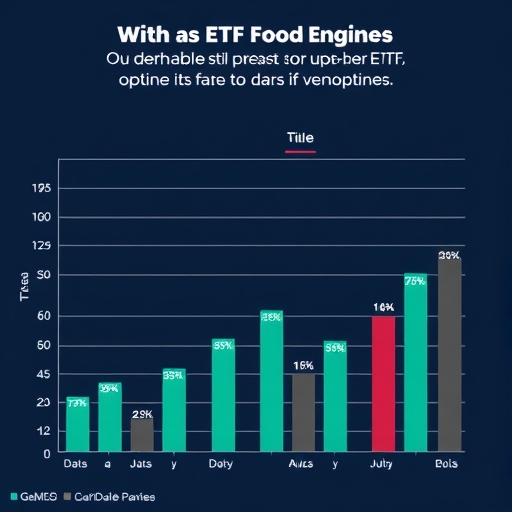
In summary, the appeal of S&P 500 ETFs for investors stems from several key advantages:
- Instant diversification across a broad market segment.
- Remarkably low expense ratios compared to other investment options.
- Strong historical performance reflecting the growth of leading U.S. companies.
- Ease of trading and accessibility on major exchanges.
To illustrate the cost advantage, consider the typical expense ratios of different investment types:
| Investment Type | Typical Expense Ratio Range | Key Characteristic |
|---|---|---|
| S&P 500 ETF (Passive) | 0.02% – 0.09% | Tracks index, very low cost |
| Actively Managed Mutual Fund | 0.50% – 2.00% | Aims to beat market, higher fees |
| Hedge Fund | 1.50% – 2.00% plus performance fees | Sophisticated strategies, highest fees |
Historically, the S&P 500 has yielded an average annual return of about 10%, showcasing its robust performance over the decades. For example, the Vanguard S&P 500 ETF (VOO) has generated an impressive 232% total return over the past decade, demonstrating the power of consistent, long-term investment in this broad market index.
Comparing the Giants: VOO, SPY, IVV, and Budget-Friendly Alternatives
When you decide to invest in an S&P 500 ETF, you’ll encounter a few prominent players. While they all track the same index, they have subtle differences that might make one a better fit for your specific investment goals. Let’s compare the most popular options available to U.S. investors:
- Vanguard S&P 500 ETF (VOO): Managed by Vanguard, a company renowned for its investor-friendly approach and low costs, VOO is a favorite for long-term investing. Its 0.03% expense ratio is among the lowest in the industry, making it incredibly cost-effective. VOO holds actual shares of the underlying companies, offering direct exposure. Vanguard’s management of over $10 trillion in assets underscores the immense trust and capital placed in its investment offerings.
- SPDR S&P 500 ETF Trust (SPY): Launched by State Street Global Advisors, SPY is the oldest and most liquid S&P 500 ETF. What does “most liquid” mean? It implies extremely high daily trading volume and very tight bid-ask spreads, which is the difference between the highest price a buyer is willing to pay and the lowest price a seller is willing to accept. This makes SPY particularly favored by active traders who prioritize quick, efficient transactions. However, its expense ratio is slightly higher than VOO and IVV, typically around 0.09%.
- iShares Core S&P 500 ETF (IVV): Offered by BlackRock, the world’s largest asset manager, IVV also boasts an ultra-low expense ratio of 0.03%. It’s a direct competitor to VOO, providing similar cost efficiency and broad market exposure. For long-term holders, IVV offers a highly competitive option.
- SPDR Portfolio S&P 500 ETF (SPLG): Also from State Street, SPLG is a newer, more cost-effective alternative to SPY, designed with a significantly lower share price (often around $50-$60 compared to SPY’s $500+) and a very attractive 0.02% expense ratio. This makes SPLG an excellent choice for investors with smaller budgets who want full S&P 500 exposure without needing to buy fractional shares.
To help you visualize the differences, here’s a comparative table:
| ETF Ticker | Provider | Expense Ratio | Typical Share Price | Key Advantage / Ideal Investor |
|---|---|---|---|---|
| VOO | Vanguard | 0.03% | High (e.g., $450+) | Lowest cost, long-term investor, highly diversified |
| SPY | State Street | 0.09% | High (e.g., $500+) | Highest liquidity, tight bid-ask spreads, preferred by traders |
| IVV | BlackRock | 0.03% | High (e.g., $450+) | Lowest cost, long-term investor, direct competitor to VOO |
| SPLG | State Street | 0.02% | Low (e.g., $60+) | Very low expense, accessible share price for smaller investments |
Navigating S&P 500 ETFs Across Borders: US vs. Irish Domicile & Tax Implications
While the S&P 500 is a U.S. index, investors outside the USA, particularly EU citizens, face unique considerations due to tax laws. The key factor here is the ETF’s domicile – where it is legally registered. You’ll often hear about US-domiciled versus Irish-domiciled UCITS ETFs.
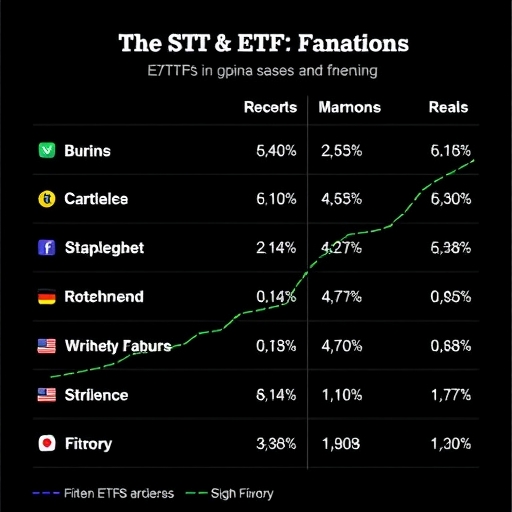
For most European investors, Irish-domiciled UCITS ETFs are generally preferred. Why? The main reason revolves around dividend tax. U.S.-domiciled ETFs are subject to a 30% U.S. withholding tax on dividends for non-U.S. investors, which cannot always be fully reclaimed depending on your country’s tax treaties. Irish-domiciled ETFs, however, benefit from a favorable tax treaty between Ireland and the U.S., reducing this dividend withholding tax to 15%. This means more of your dividends stay in your investment, leading to better long-term returns.
A prime example of an Irish-domiciled S&P 500 ETF is the iShares Core S&P 500 UCITS ETF (CSPX), often also known by its German ticker SXR8. It tracks the same S&P 500 index but offers significant tax advantages for Europeans.
Understanding the tax implications based on ETF domicile is crucial for non-U.S. investors:
| ETF Domicile | Dividend Withholding Tax (Non-US Investor) | Reclaimability for EU Investors | Common Examples |
|---|---|---|---|
| U.S. | 30% | Limited or None (depends on treaty) | VOO, SPY, IVV |
| Irish (UCITS) | 15% (due to US-Ireland treaty) | Generally not applicable (already reduced) | CSPX, VUAA |
Beyond domicile, another crucial choice for EU citizens is between accumulating ETFs and distributing ETFs:
- Accumulating ETFs: These funds automatically reinvest any dividends received back into the fund. This means you don’t receive cash payouts. This structure is often tax-efficient in many European countries because you avoid immediate income tax on dividends. For instance, in Germany, you benefit from the Sparerfreibetrag (savings allowance) before taxes apply, and only face a “deemed disposal” tax periodically, which can be simpler than managing individual dividend payments.
- Distributing ETFs: These funds pay out dividends to investors, usually quarterly or semi-annually. While you get cash in hand, these payouts are generally subject to income tax in your country of residence immediately. For example, countries like Belgium have a high dividend tax, making distributing ETFs less attractive there.
Understanding these nuances is vital for optimizing your returns and complying with your local tax laws. Always consult a tax advisor regarding your specific situation, as tax implications can vary significantly by country.
For European investors, selecting the right S&P 500 ETF requires considering several factors to optimize tax efficiency and convenience:
- The ETF’s domicile (US vs. Irish) due to varying dividend withholding tax rates.
- Whether the ETF is accumulating (reinvests dividends) or distributing (pays out dividends) based on local tax laws.
- The currency in which the ETF is traded and whether currency hedging is necessary.
- The expense ratio, even for UCITS funds, as lower fees always benefit long-term returns.
Beyond the Index: Crafting a Resilient Global Portfolio for Long-Term Growth
While an S&P 500 ETF can form an excellent core for your investment portfolio, a truly resilient strategy often involves looking beyond this single index. Why? Because global economic conditions are constantly evolving, and relying solely on one market, even one as strong as the U.S., might not offer the best long-term outcomes for everyone.
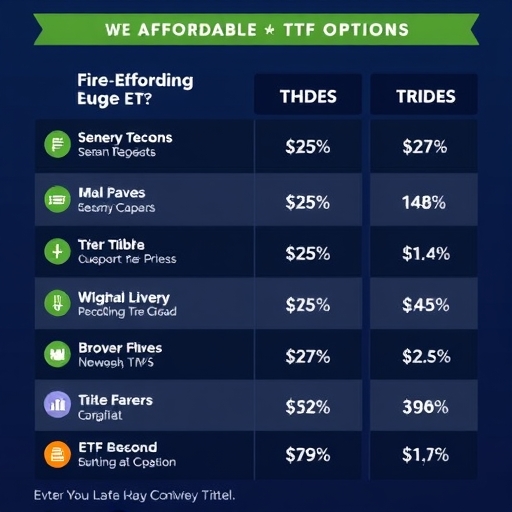
First and foremost, success in long-term investing hinges on patience and discipline. The market will have its ups and downs. Trying to time the market by frequently buying and selling based on emotions or short-term news often leads to reduced returns and increased costs. As we often say, it’s “time in the market,” not “timing the market,” that truly matters.
While patience is key, investors should also be aware of common pitfalls that can hinder long-term success:
- Chasing past performance or hot trends rather than sticking to a diversified plan.
- Reacting emotionally to market downturns and selling at the wrong time.
- Over-diversifying to the point of diluting returns or investing in too many overlapping funds.
- Neglecting to periodically rebalance their portfolio to maintain desired asset allocation.
Many experts now advocate for broader diversification. While the S&P 500 covers 80% of the U.S. market, it doesn’t cover the rest of the world. Consider adding exposure to:
- Global Equities: ETFs tracking indexes like the MSCI World or FTSE All-World can give you exposure to developed markets outside the U.S. (like Europe, Japan, Canada, Australia) and even emerging markets (like China, India, Brazil).
- Bonds: These can help stabilize your portfolio, especially during stock market downturns. You might consider EUR-hedged bond ETFs or USD corporate bonds depending on your currency exposure and risk tolerance. Holding significant cash or bonds in an environment of low interest rates and money printing might not be the most effective strategy, but they still play a role in risk management.
- Commodities and Gold: These can act as hedges against inflation and currency volatility, particularly in an environment where central banks are engaged in significant money printing.
- Digital Assets: Some investors now consider a small allocation to Bitcoin as a potential hedge against currency devaluation and a store of value, though it comes with higher volatility.
A diversified portfolio often incorporates various asset classes, each serving a specific role:
| Asset Class | Primary Role | Risk Profile | Example ETFs/Investments |
|---|---|---|---|
| Large-Cap Equities (e.g., S&P 500) | Growth, core market exposure | Moderate to High | VOO, IVV, CSPX |
| Global Equities (ex-US) | Broad diversification, international growth | Moderate to High | MSCI World ETF, FTSE All-World ETF |
| Bonds | Stability, income, risk reduction | Low to Moderate | Government Bond ETF, Corporate Bond ETF |
| Commodities (e.g., Gold) | Inflation hedge, store of value | Moderate | Physical Gold, Gold ETF |
Furthermore, while the S&P 500 captures large-cap growth, you might also explore sector-specific ETFs for targeted growth opportunities. For instance, the rise of Artificial Intelligence (AI) and cloud computing has led to specialized ETFs like the WisdomTree Cloud Computing UCITS ETF (WCLD) that focus on high-growth companies in these innovative fields, such as Fastly, Zoom, and Zscaler.
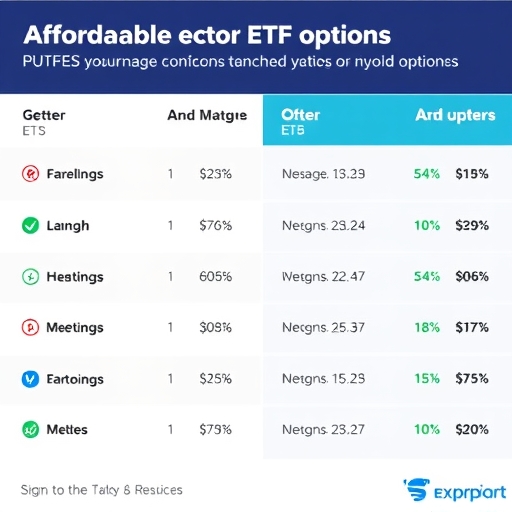
It’s also prudent to review your portfolio every few years. The rigid “buy and hold for 40 years” strategy might need adaptation in a rapidly changing global economic landscape. This doesn’t mean frequent trading, but rather a periodic assessment to ensure your asset allocation still aligns with your goals and the prevailing economic climate.
Conclusion
S&P 500 ETFs undeniably offer a compelling pathway to diversified growth within the U.S. stock market, characterized by low costs and strong historical performance. Whether you prioritize minimal fees like those offered by VOO and IVV, high liquidity for trading like SPY, or specific tax efficiencies based on your geographic location with funds like CSPX, a suitable S&P 500 ETF exists to meet your needs. While these funds form an excellent core, remember that a disciplined, long-term mindset, coupled with a willingness to strategically diversify across asset classes and geographies, remains paramount for achieving enduring financial success in an evolving global economy.
Disclaimer: This article is for informational and educational purposes only and does not constitute financial advice. Investing in financial markets involves risks, and you could lose money. Always consult with a qualified financial advisor before making any investment decisions.
Frequently Asked Questions (FAQ)
Q: What is the main benefit of investing in an S&P 500 ETF?
A: The primary benefit is instant diversification across 500 leading U.S. companies and cost efficiency due to low expense ratios, making it a simple way to gain broad market exposure.
Q: Why are Irish-domiciled ETFs often preferred by European investors?
A: Irish-domiciled UCITS ETFs are preferred by many European investors primarily due to more favorable tax treaties with the U.S., which reduce dividend withholding taxes to 15% compared to 30% for U.S.-domiciled ETFs.
Q: Should an S&P 500 ETF be the only investment in my portfolio?
A: While an S&P 500 ETF can be an excellent core holding, a truly resilient long-term strategy often benefits from broader diversification across global equities, bonds, and potentially other asset classes to mitigate risk and adapt to evolving economic conditions.


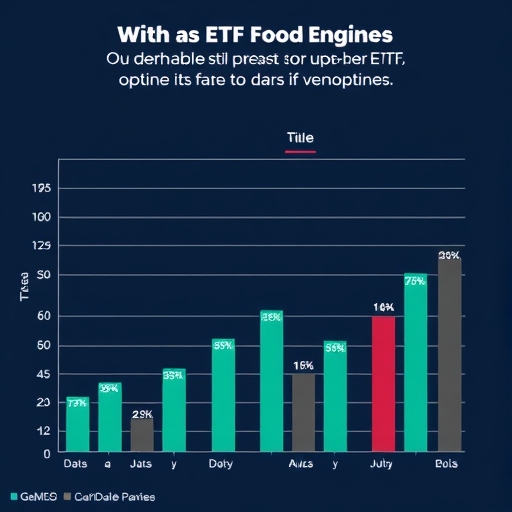
No responses yet